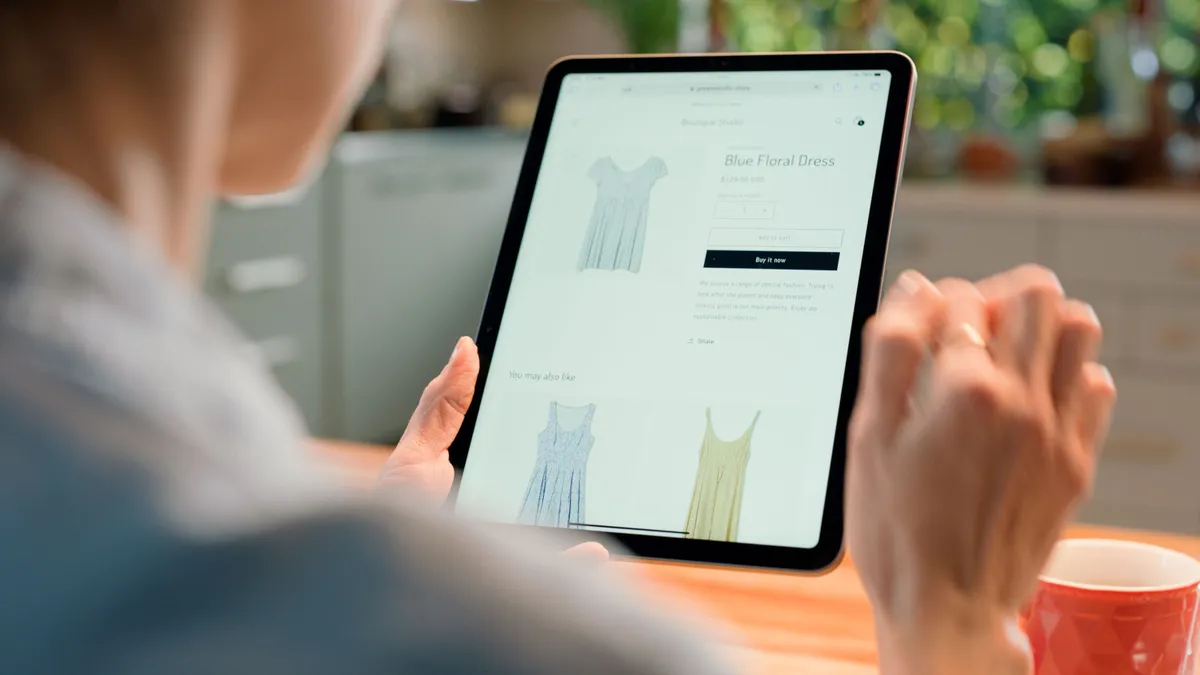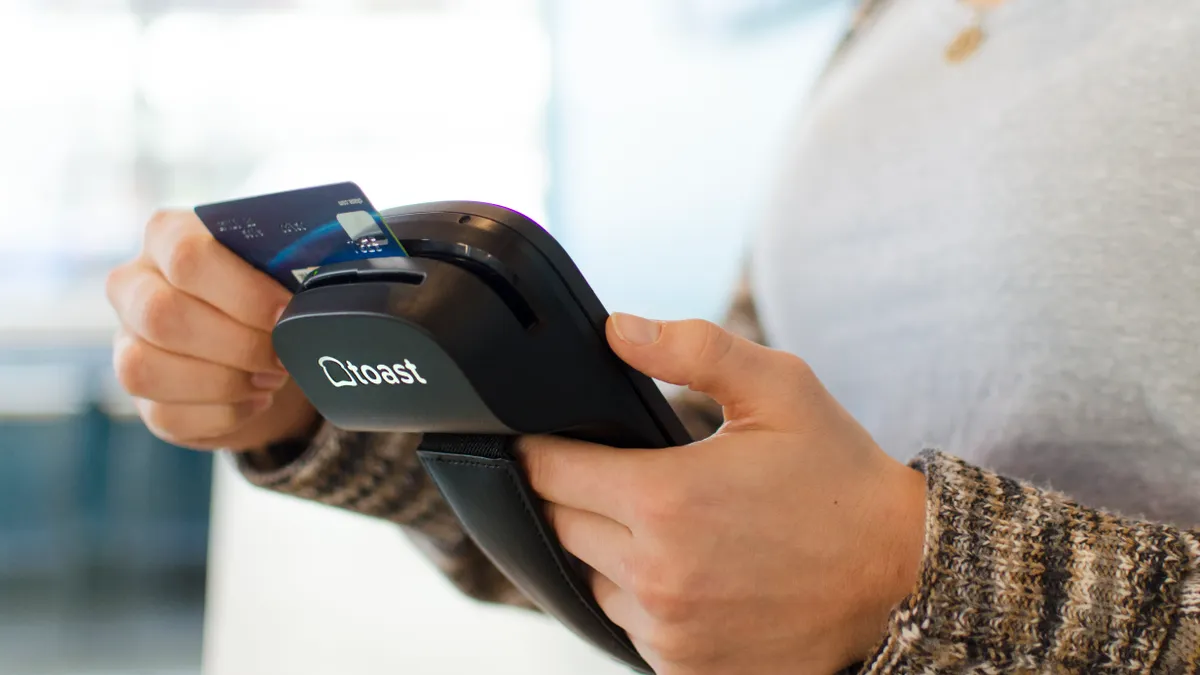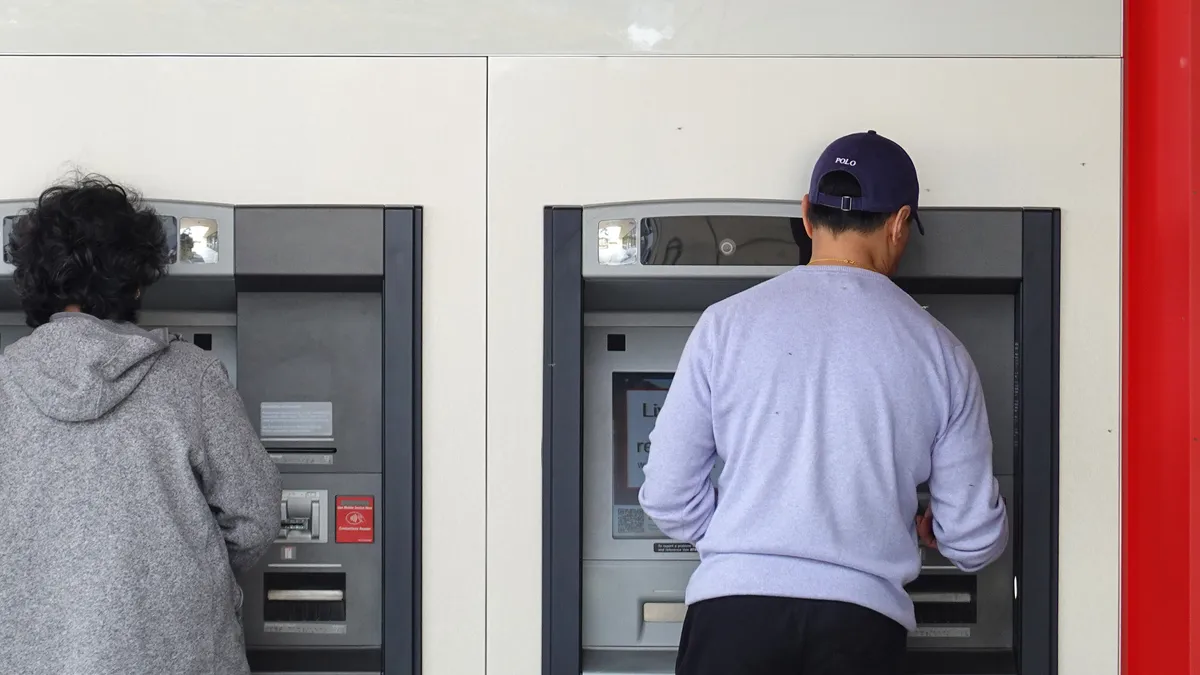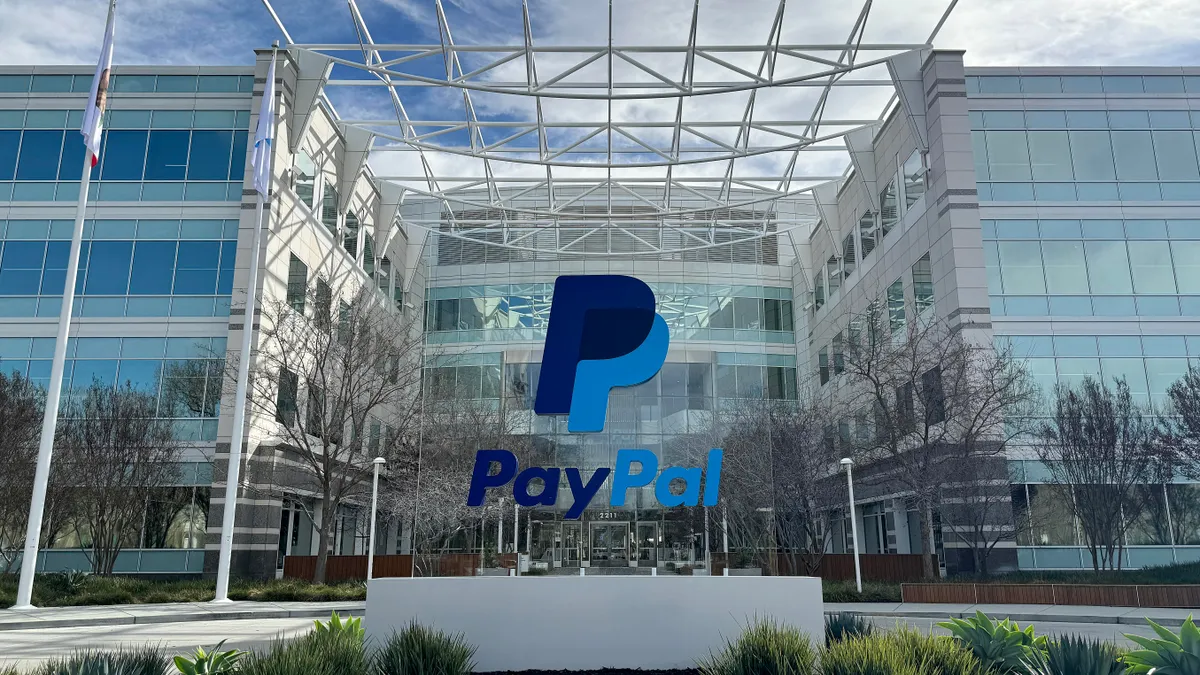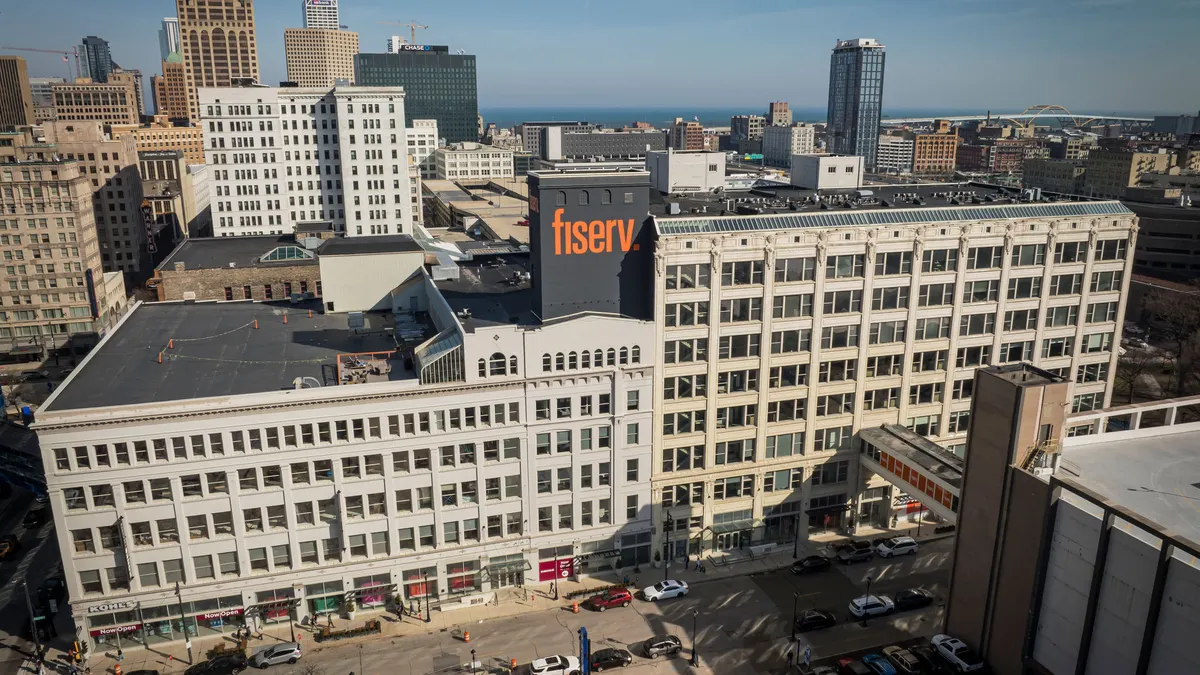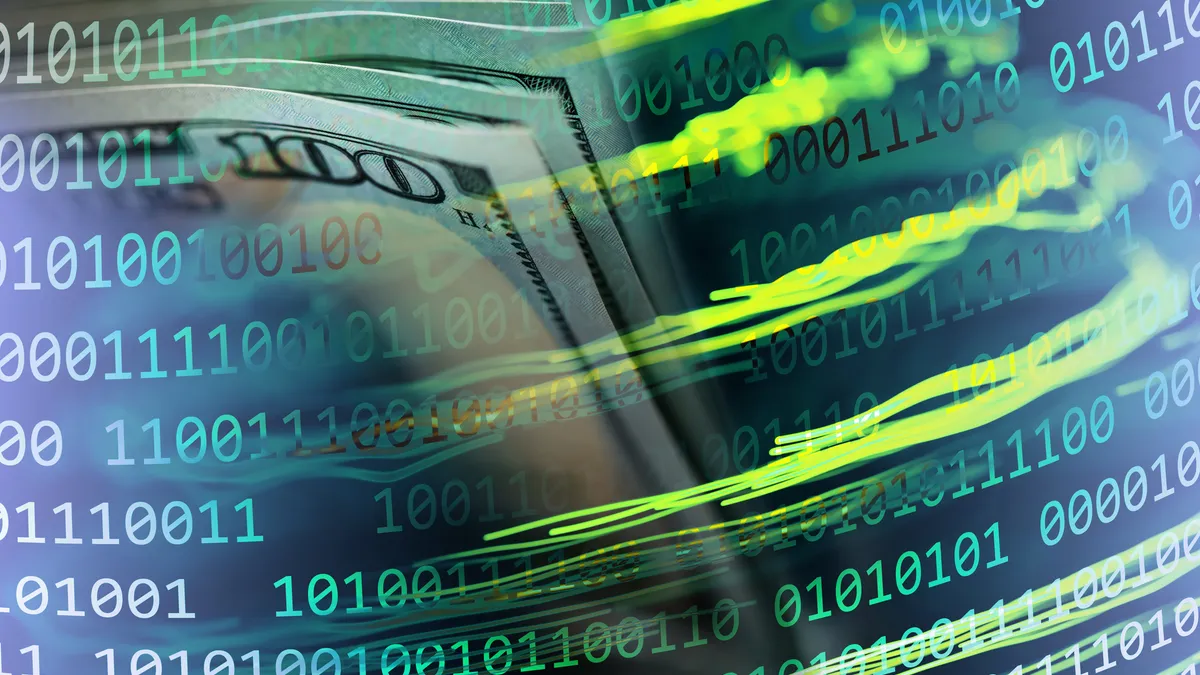Brian Shniderman is the CEO of Opy, a U.S. subsidiary of Australian payments fintech Openpay, which offers buy now-pay later loans for sectors such as veterinary care, dental services and auto repair.
What do you think of when you hear the phrase “buy now-pay later?” For most, the trendy term is associated with short-term payment plans for impulse or noncritical purchases. It’s also known as “Pay in 4,” and it hit widespread popularity during the pandemic in the United States. Many consumers found this form of credit to be an easy and convenient alternative payment method that allowed them to split their total balance into four installments every two weeks, often with no stated fee or interest.
With offers of no fees and no credit checks, what we may now call BNPL 1.0 models appear enticing. But the “devil is in the details,” and the details are buried in the fineprint. Traditional BNPL lenders may charge consumers who miss or are accidentally late on their bi-weekly payment late fees, and these fees can accumulate substantially. The result is in some ways like deferred interest loans, in which consumers signing up with expectations of a 0% APR miss a periodic payment only to see their APR jump. Also, these short-term lending products are not required to comply with most of the federal lending laws and regulations that offer important consumer protections.
The business models behind these BNPL 1.0 offerings, as well as many of the larger, traditional consumer lenders offering zero percent teasers, depend on a large percentage of borrowers to default, which is where they can make a lot of money. Being unregulated also lets many BNPL 1.0 providers avoid costs of compliance. Not using or reporting to the credit bureaus can additionally help them keep costs down. Opaque broad usage across many small purchases works for their model but drives risk for the consumers.
This all has led many to believe the end is near for BNPL, driving valuations and share prices down, dramatically. A certain extinction for instant credit at the point of sale, right? Not so fast.
Fortunately, like many innovations, BNPL is evolving, and will not remain static. Almost, if not every one of the challenges of BNPL that I hear as I travel the country discussing this topic, comes with a false assumption. Challengers frequently believe BNPL 1.0 is what it is, and will not evolve. But it can, and very recently, it has proven that it will.
A new BNPL 2.0 has hit the market. BNPL 2.0 provides fair, flat, fixed rates with complete transparency. It doesn’t depend on a subset of people defaulting. It doesn’t require hidden fees, usury rates, egregious late fees, merchant discount rates well above 10% or huge deposits. These 2.0 offerings provide a set rate that never changes. A consumer who is a day late or a dollar short pays the same APR for the life of the loan. If they are charged a late fee, it is both small and capped. The late fee is neither a revenue nor profit center. It is a mild deterrent that doesn’t kick people in the gut if they’re already down on their luck.
2.0 says what its rate is, and it delivers that rate, with no ifs, ands or buts. That’s fair. And I believe it will find favor with regulators as they tighten the screws on those models with less transparency, that use tricks, traps, and gimmicks. I also believe merchants (like dentists and educators) who truly care about their customers will favor and recommend 2.0.
I propose that BNPL 2.0 will evolve and thrive because it will help merchants and consumers pay for the most meaningful and often non-discretionary purchases. Making it part of our everyday lives with mass relevancy will drive mass adoption.
BNPL 2.0 will thrive because the model is not designed just for smaller, discretionary purchases. The best BNPL 2.0 uses closed-end installment financing, instantly offered at the point of sale. Closed-end loans like this are for a specific purchase, at a specific merchant, at a specific time, with a credit score that is up to date at that moment. As a result, closed-end BNPL 2.0 can be priced lower because it does not open a line of credit years before the current purchase, guessing what would later be purchased, guessing when and where the purchase would take place, and what the credit score would be when later tapped.
For the consumer, it’s a very finite transaction, with more certainty. They use it, and when it’s done, it’s done. It’s not sitting out there to manage and worry about. It’s not a dormant product for the consumer or the lender, which comes with all sorts of issues too long to list here.
The pace of evolution in the payments world I’ve focused on in my career and lived in has been astounding. Like primates to humans, installment loans will evolve and will not remain static. From cash to layaway to BNPL 1.0 and 2.0, respectively, the future is bright.







